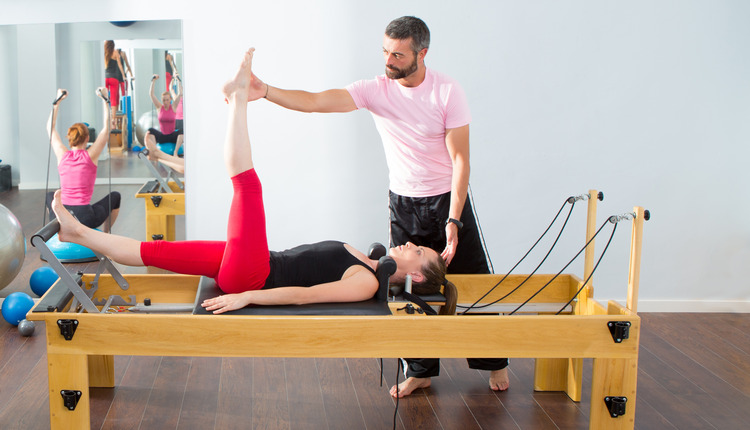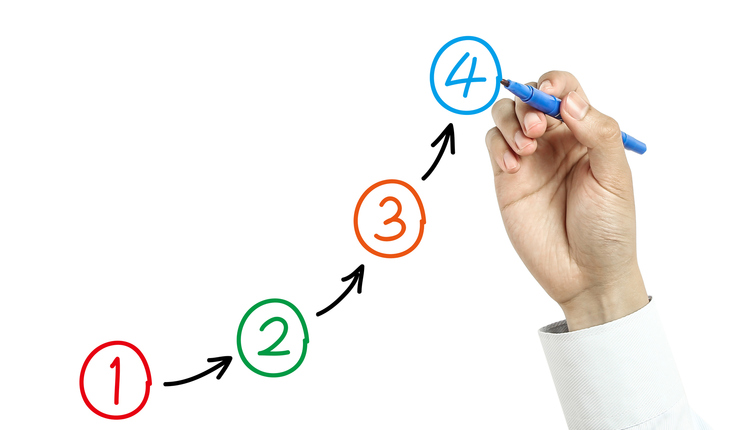As the owner of any gym or studio, the hiring process can make your business prosper or fail. Instructors are not only a reflection of a studio owner, but are also the reason clients pay money to train at a specific place. To hire someone who is underqualified, unprofessional or not personable can make the space feel cold and inadequate. The best instructors are competent, experienced professionals who are skilled, outgoing, welcoming and passionate about their craft. And Pilates is a craft, it is not a simple exercise routine. It is actually the foundation for all fitness programs. So when hiring a Pilates instructor, most importantly, they must be well-trained. Depending on what type(s) of Pilates classes your business is offering will determine the type of training a prospective instructor should have. There is a difference between Pilates mat training and Pilates apparatus training. The apparatus are large pieces of equipment and include the Tower, Cadillac, Wunda Chair, Barrel and the most popular, Reformer. Originally, a true Pilates training included all the apparatus and the matwork, there was no divide. A teacher was either trained comprehensively or not. To think about separating the mat from the machines was ludicrous. But then again, Pilates trainings did not cost thousands of dollars. Instead, there was an apprenticeship, and the trainee learned under a master. Today, there are Pilates training programs everywhere! And they can be a significant investment. Separate programs are now offered on the mat and the different apparatus. However, an instructor must first be certified to teach mat before pursuing training on any of the machines. Matwork is the basis for the method. A sufficient mat training should be around 100 hours and will cover basic anatomy, beginner, intermediate and advanced exercises with modifications and variations. Each apparatus training should also be between 100-300 hours depending on the piece of equipment. One or two day trainings are not acceptable.
Aside from proper certifications and experience on paper, have the instructor teach a demo class. This will give you a sense of the instructor’s personality and style. They may be in excellent physical shape and have the knowledge or dance background, but can they teach? Can they make clients feel welcome? Knowledge is vital, but relating to people is key.
The format of a Pilates class is significant as well. The class should start with an introduction to Pilates style breathing (lateral breathing) along with a brief explanation of how to properly use core muscles. Look for cues such as “bring your navel in and up toward the spine,” “scoop your stomach,” “do not let your back arch off the mat.” Every Pilates class should be a full body workout. Upper and lower body work are interweaved throughout the class, in addition to the many Pilates exercises that work various muscle groups together.
Most importantly, is the instructor able to teach different levels in one mixed level class? Being capable to clearly and easily guide both beginners and advanced students simultaneously is an extremely valuable asset that a Pilates instructor must have. New clients should be able to perform all the exercises and advanced clients should not be bored and should always get an incredible, challenging workout. This is done by offering options to modify or advance each exercises, this way everyone in class can work at their own pace.
The hiring process for Pilates can be tedious and sometimes frustrating. It is very tough to find an instructor who meets all these characteristics including proper training. But in order to succeed, nothing less should be accepted. This is your business- it is worth being selective!





















